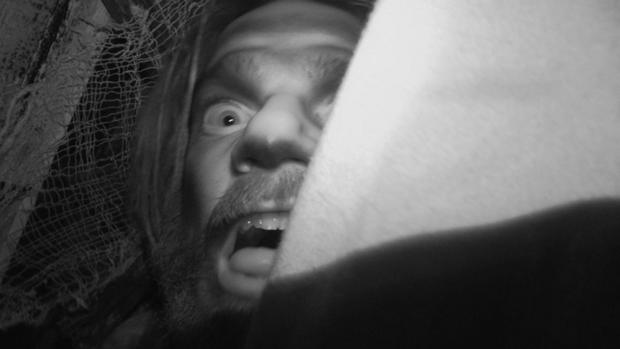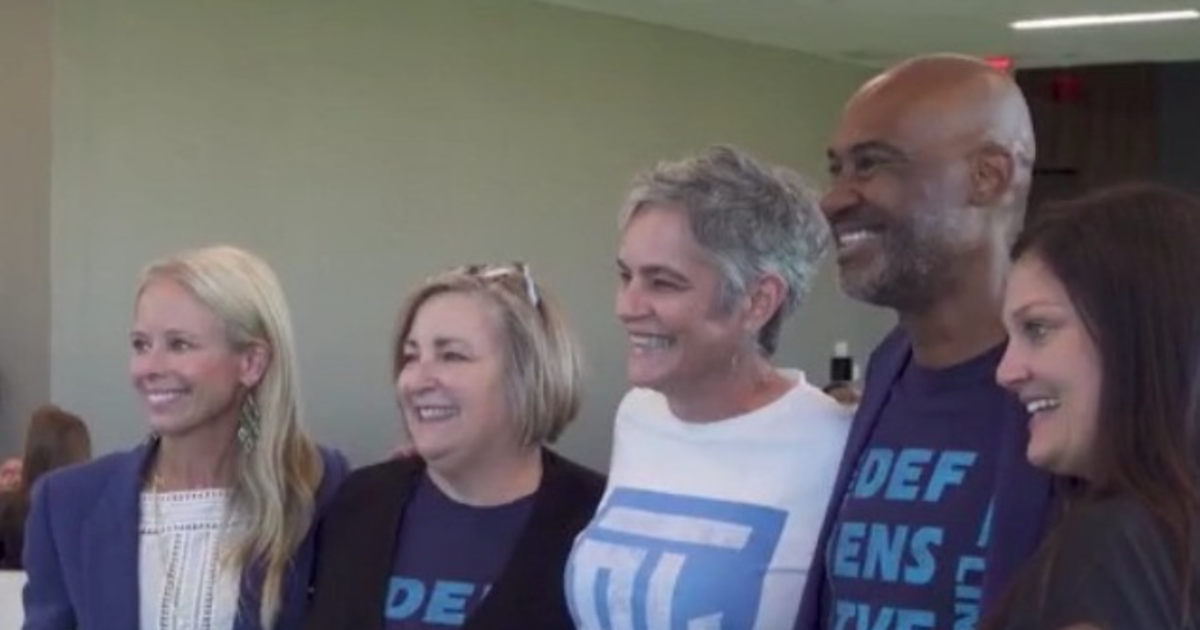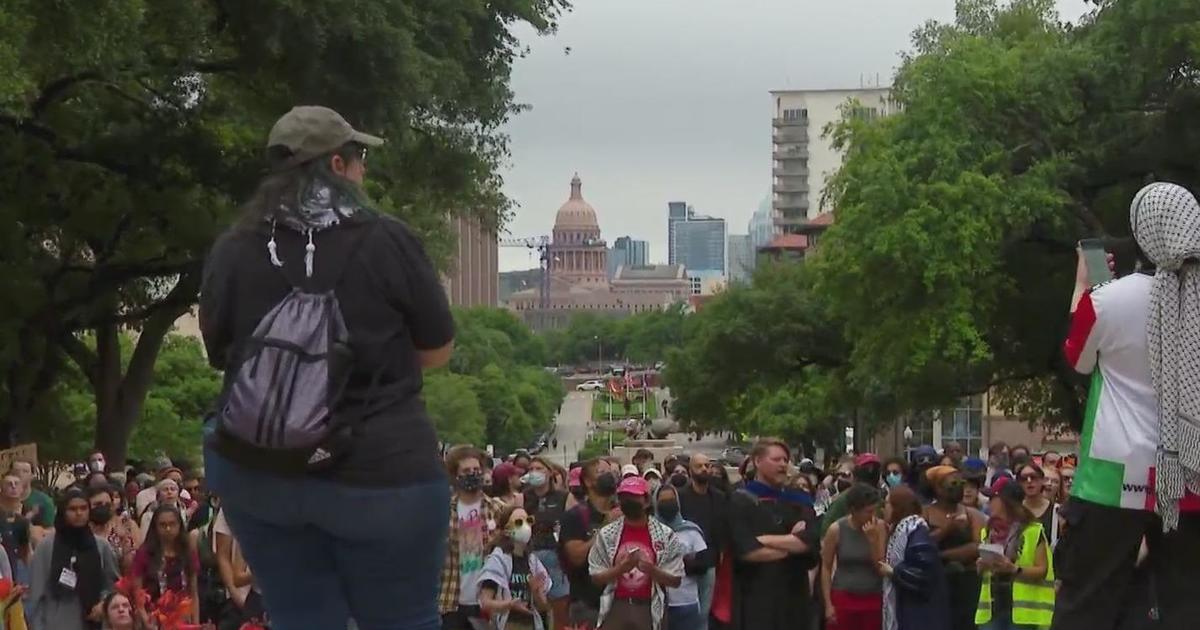Fear Factor - The Science Of Scare
Follow CBSDFW.COM: Facebook | Twitter
NORTH TEXAS (CBSDFW.COM) - What scares you? A dark room? The sound of shattering glass?
You may be surprised to learn what happens to the human body when we're scared.
"Fear is defined as an emotional response to a perceived threat," head of the neuroscience program at The University of Texas, Dallas, Dr. Christa McIntyre said.
"It involves a physiological change so when we experience something fearful the brain signals to our adrenal glands," she said.
CBS11 News anchor Kaley O'Kelley went in as a guinea pig in our experiment exploring the science of fear.
In this case, the creepy lab was a place called Dark Hour Haunted House in Plano.
The famed Allen Hopps designed the year round scare factory. Hopps specializes in scaring people -- really scaring them. He consults people all over the world who are in the business of frightening people at haunted houses.
"One of the things we do to disorient people is you have them make 60 degree turns, 120 degree turn" he said. "They have no idea where they are, it's really hard to orient themselves."
O'Kelley, who struggled to see anything in one of the Dark Hour's dark rooms, exemplified Hopps' theory.
CBS11 News cameras caught things she can't see creeping up behind her. Creatures were slinking behind and around the frazzled anchor. At one point a monitor measured her heart rate near 170. She felt cold and was disgusted to the point of gagging because of a terrible smell.
At one point it was too much for O'Kelley.
Dr. McIntyre said those were all classic signs of someone who is scared. The body is signaling her to get out. "Adrenalin is released into our bloodstream it causes our heart to start racing," Dr. McIntyre said. "It increases our lung capacity, and our blood flow moves
away from the skin so we look pale."
Dr. McIntyre said we are born with some fears. "There is some evidence of people who have a fear of snakes, rats and even spiders. People just seem to have an aversion to things that are approaching."
It's that science Hopps in collaboration with Dark Hour Haunted House uses.
"We want dry heaving, it's posture," he said, referring to a crouched posture of a scared person. "It is a victim pose, my guard is down, I'm weak -- that's a magnet for my actors."
Ultimately fear has a reason. It is so people learn to protect ourselves from danger. And the physiological changes in the body help people move away from things that may hurt them, as fast as they can.
"We have the primitive response that helps us to get out of danger very quickly and that's protective," Dr. McIntyre said.
(©2015 CBS Local Media, a division of CBS Radio Inc. All Rights Reserved. This material may not be published, broadcast, rewritten, or redistributed.)




